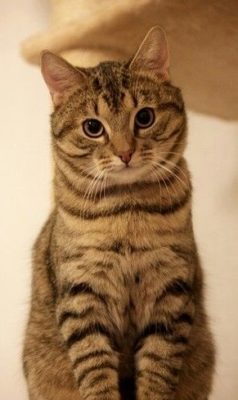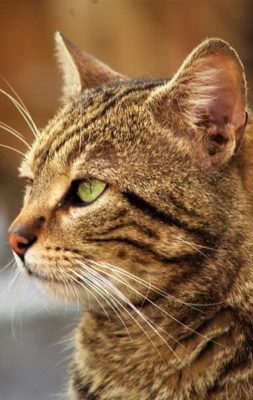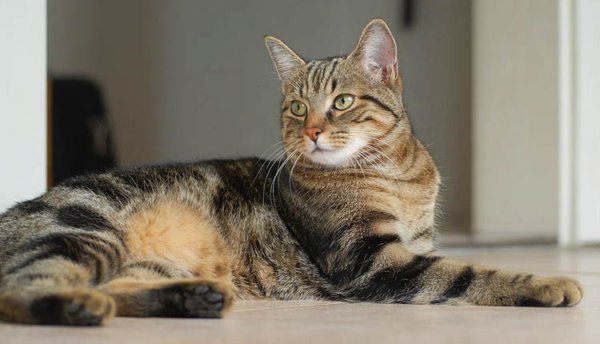Celtic Shorthair (European Shorthair)

Breeders say that European Shorthair cats by temperament resemble a true sanguine. They are moderately active and quiet, not too obtrusive. Even strangers are disposed to them. European Shorthair is also happy to keep your child company in the games. Can support any children’s pranks and amusements. Despite this, representatives of the breed are not confrontational and will not cause damage to your apartment.
Table of Contents
Breed Information
| Origin | Sweden |
| Size | Males 29-33 cm Females 28-30 cm |
| Weight | Males 6-8 kg Females 4-6 kg |
| Fur Type | Short-haired |
| Color | Any color variations are possible |
| Lifestyle | Indoors |
| Lifespan | 15-20 years |
| FIFe Classification | Category III: “Short-haired and Somali” Breed designation – EUR |
| WCF Classification | Group 3: “Short-haired” Breed designation – KKH |
| TICA Classification | – |
| Group | Short-haired cats |
| Price | $100-500 |
Breed Photos
Origin History
The history of the formation of the Celtic Shorthair cat begins in the middle of the XX century. An incredibly developed hunting instinct distinguished purebred representatives of the breed. The article of writer N.N confirms this. Nepomnyashchy in “Friend” magazine, published in 1994. The author tells of a silver-marble cat nicknamed Wastl von der Kolung. According to the owner, the cat, which took part in an exhibition in Berlin in 1938, was considered a consummate rat catcher.
Danish and Swedish specialists were the first to start breeding the breed. The breeders of France and England were also interested in breeding the Celtic Shorthair cat. However, their priorities were set differently. They have created a cat based not on working qualities but appearance. In 1946, the work of specialists had borne fruit. Then, in Sweden, the breed was first registered under the name “Swedish domestic cat”.
For a long time, felinological organizations did not separate Celtic Shorthair cats into a separate breed. Many related the European Shorthair breed to the British Shorthair. Only by 1982, the World Cat Organization accepted the separate breed standard for European Shorthair. Cat organizations of the CIS countries do not recognize the breed, considering the Celtic Shorthair cat a non-breed.
Appearance
The European Shorthair cat is quite often compared to the domestic cat type. Its appearance is quite standard, its build is massive, and its size is quite large. The shape of the head is slightly oblong (cone-shaped), the cheeks are well defined. The ears are high, medium-sized with slightly rounded tips. The eyes are large and expressive, widely spaced apart. The color of the eyes varies depending on the shade of the animal’s coat. The color of the eyes can only be uniform: green, amber, blue. The neck is of medium length and with developed muscles.
The limbs are strong, well-proportioned, and evenly tapered to the feet. The tail is medium length, thick at the base, gradually tapering to a rounded tip. The hair of the European Shorthair cat is short and thick. The touch is soft and dense. According to the standard, the following varieties of color are allowed: black, white, blue, cream.
Character
Breeders say that European Shorthair cats by temperament resemble a true sanguine. They are moderately active and quiet, not too obtrusive. Even strangers are disposed to them. European Shorthair is also happy to keep your child company in the games. Can support any children’s pranks and amusements. Despite this, representatives of the breed are not confrontational and will not cause damage to your apartment.
They are balanced and obedient, not inclined to show independence. With other animals, the Celtic Shorthair cat will also easily find common ground. It is contactable and friendly. Will not share territory with another pet or fight for the owner’s attention.
Care
The hair of the European Shorthair cat is pliable and does not require complicated care. During the molting period, hair loss is also minimal. It is enough to brush the cat once every two weeks. The Celtic Shorthair cat is bathed as it becomes soiled with a special shampoo for cats. It should be done every few months. Brushing the teeth, cleaning the ears and eyes of the pet should be done every few weeks.
Education
European Shorthair cats are intelligent and inquisitive. They are reverent and treat their owner with great respect. Therefore, you need not fear the behavior of the cat. You will be able to train him to the litter box, scratching post, or leash. Remember that a harsh and violent approach will not do any good and will only turn the pet away from you. Only consistency and trust will help to achieve success in raising a Celtic Shorthair cat.
Common Diseases
The European Shorthair cat is lucky with its genetic predisposition. Researchers of the breed did not find any specific diseases and risks of their occurrence. Good immunity, good health, and proper care of the pet will allow it to live more than 19 years. However, don’t forget about annual vaccinations and health checks with your veterinarian.
Nutrition
European Shorthair cats are among the most undemanding cats in food. They will pounce on anything their owner offers them. The Celtic Shorthair cat is not prone to allergic reactions and gastrointestinal diseases.
Therefore, it safely eats both natural food and ready-made food. The cat’s natural diet must necessarily be supplemented with vitamin and mineral complexes. If you give preference to dry food, it must necessarily be premium food for medium cat breeds.
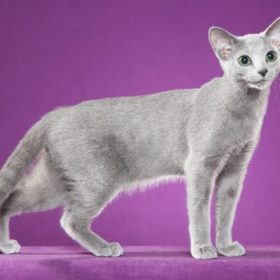 Russian Blue
Russian Blue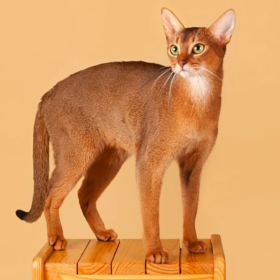 Abyssinian
Abyssinian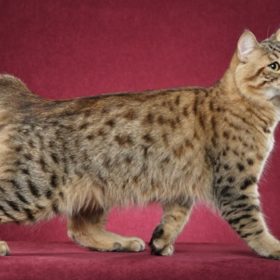 Pixie-bob Longhair
Pixie-bob Longhair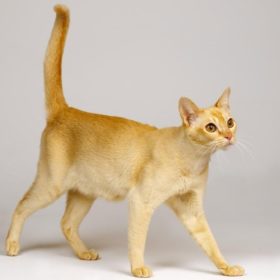 Ceylon
Ceylon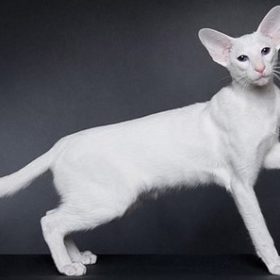 Foreign White
Foreign White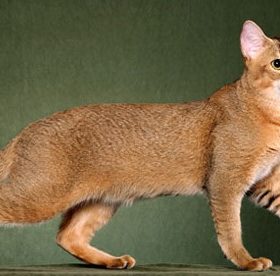 Chausie
Chausie